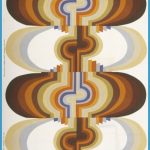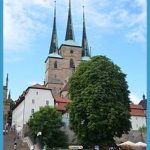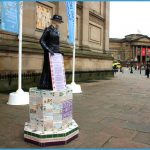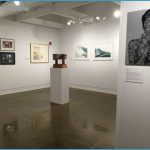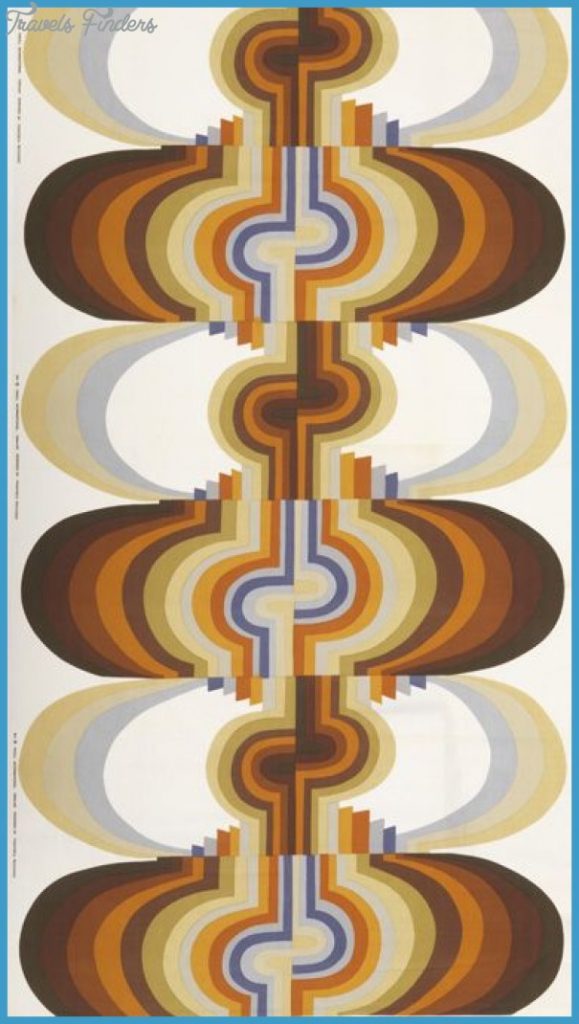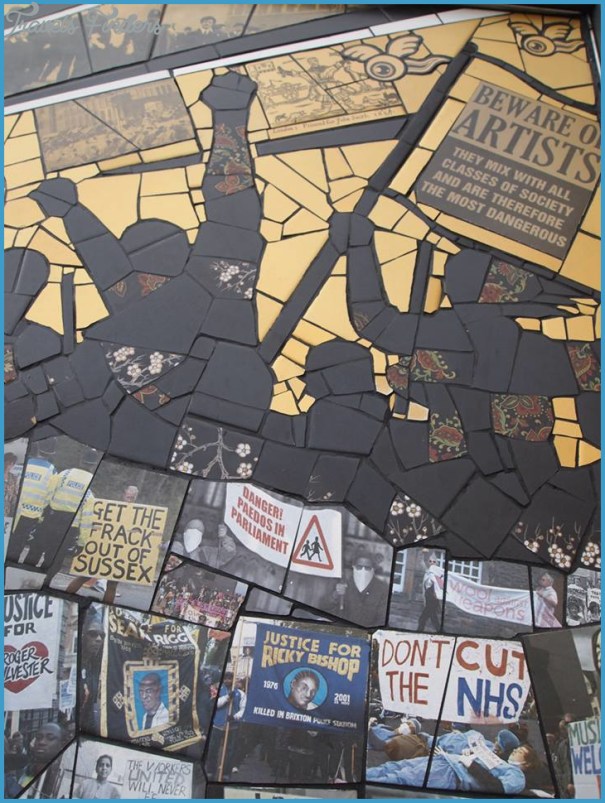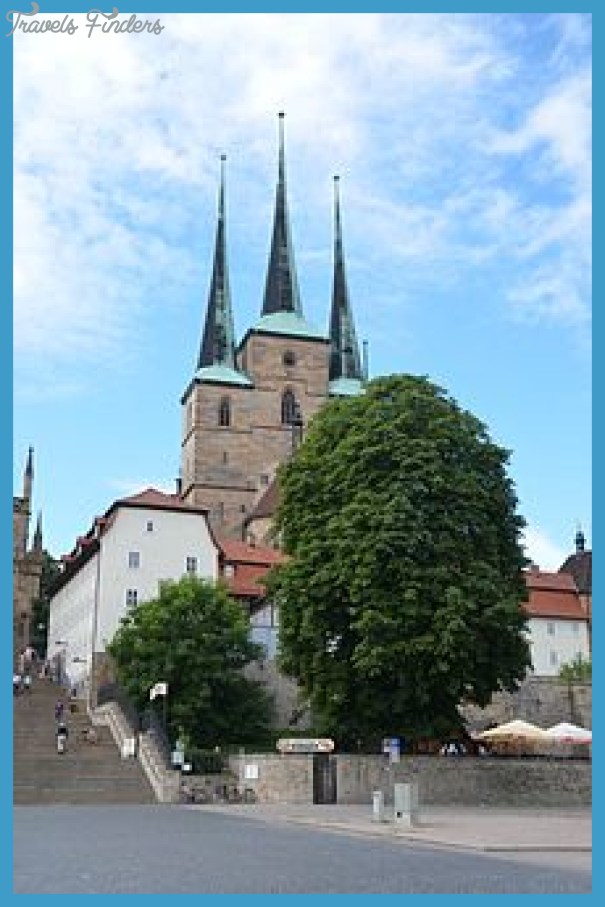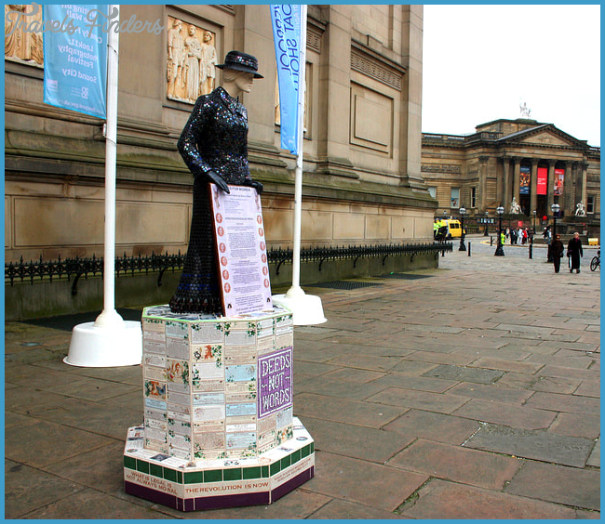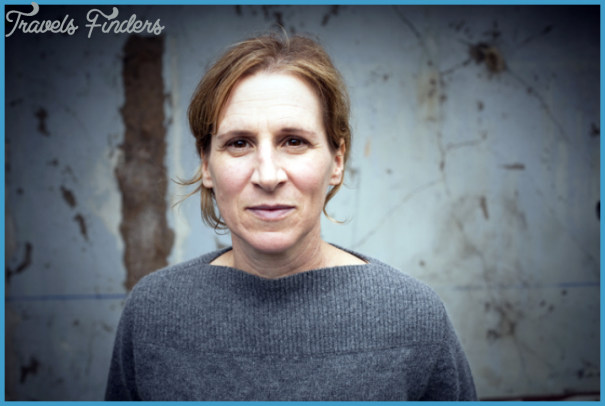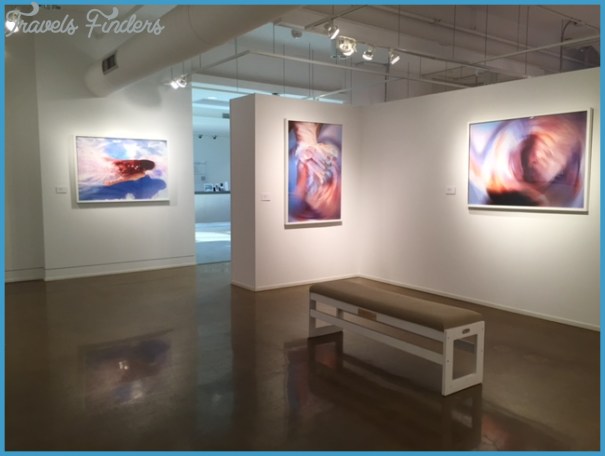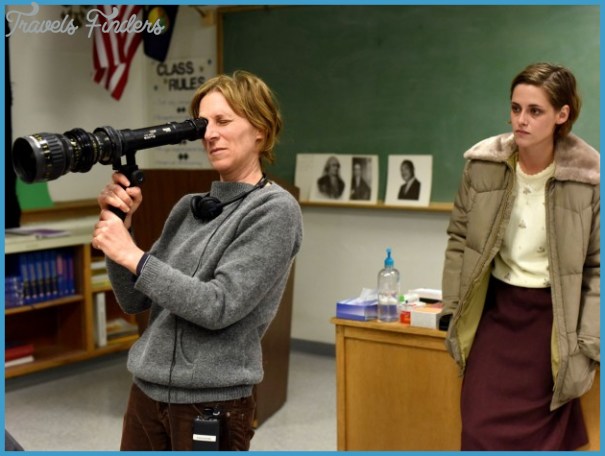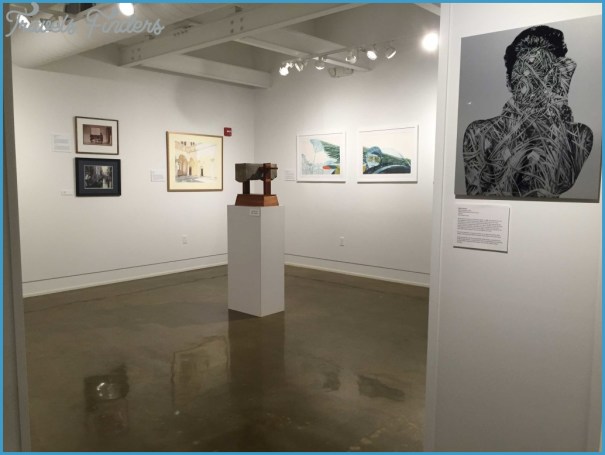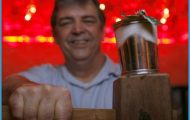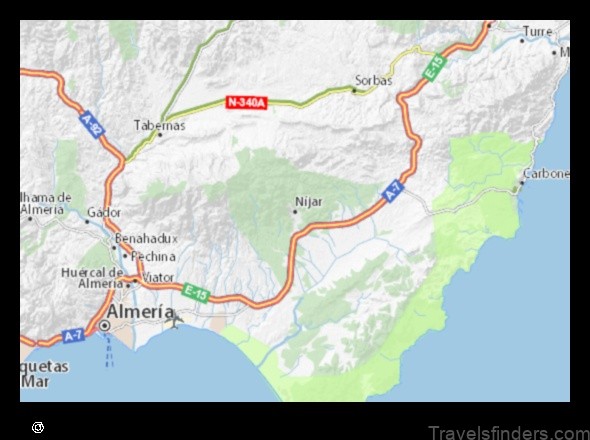REICHARDT MUSEUM
Johann Friedrich Reichardt (1752-1814), at one time Kapellmeister to Frederick the Great, is commemorated not in Berlin but in Halle, where he spent most of his last 20 years, living in Giebichenstein, then a nearby village, now a suburb. A precocious musician and self-promoter, he had joined the Prussian court at the age of 23, in charge of the performances of Italian opera. He married the singer and composer Juliane Benda, daughter of his colleague Franz Benda. In 1789 he collaborated with Goethe on the Singspiel Claudine von Villa Bella, which ushered in a new era of vernacular opera at the Berlin court. He was also prominent as a writer on music and editor of an influential journal, the Musikalisches Kunstmagazin.
REICHARDT MUSEUM Photo Gallery
His republican sympathies led to his dismissal from the Berlin court in 1794, when he moved to a country estate in Giebichenstein. He increasingly pursued journalism, working there and in Hamburg and editing political and musical journals. He welcomed radical thinkers, writers and composers to Giebichenstein where his estate, Kestnersche Gut, became widely known as a poets’ paradise’ and a hostel of Romanticism’. Goethe visited him in 1802 and established a theatre nearby at Bad Lauchstadt, which is still in use. Reichardt’s estate suffered during the French invasion of 1806-7 and he spent his last years in poverty. All that remains in Giebichenstein is a green space next to the zoo known as Reichardts Garten and the Bartholomauskirche where he was buried.
Reichardt is commemorated, along with his Halle contemporary Daniel Gottlob Turk, in Room 5 on the second floor of the Handel-Haus by a display of facsimile title-pages of his publications of lieder, the field of composition in which he was most consistently successful, and musical travelogues, a facsimile of an engraved portrait and a bronze bust recently sculpted by Gottfried Albert.

